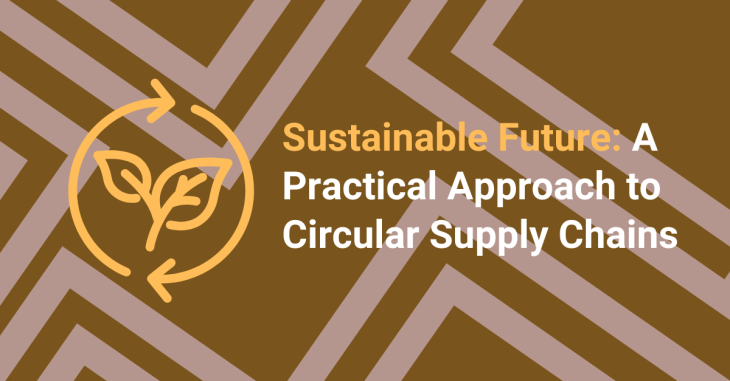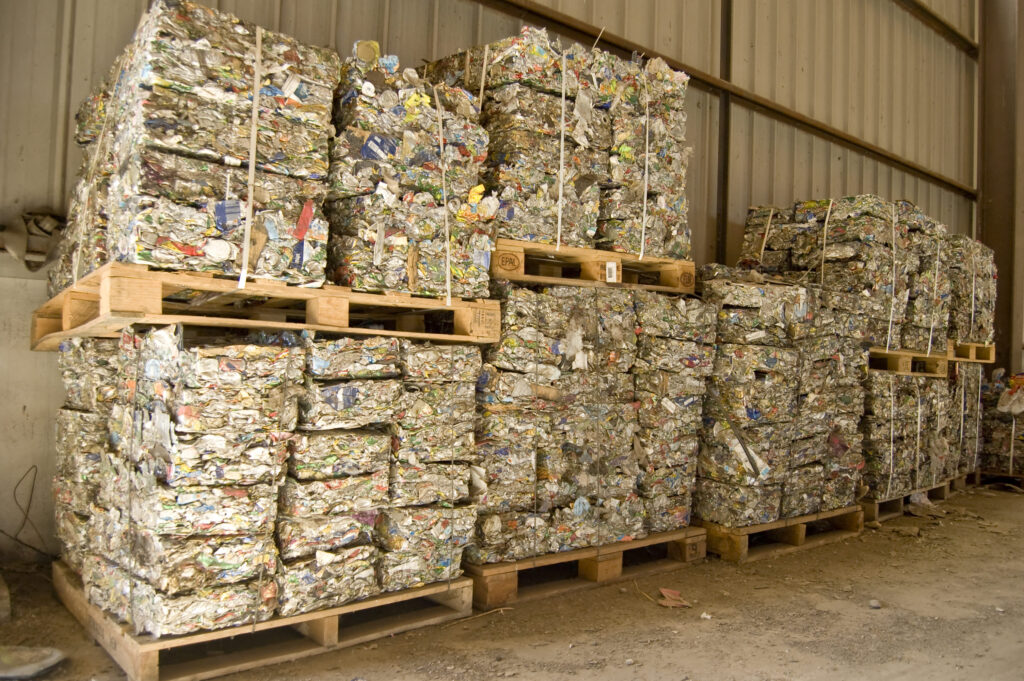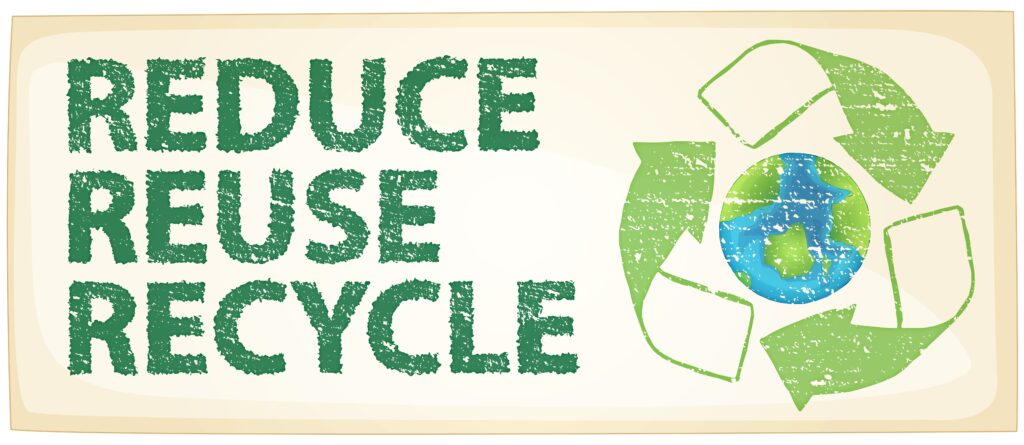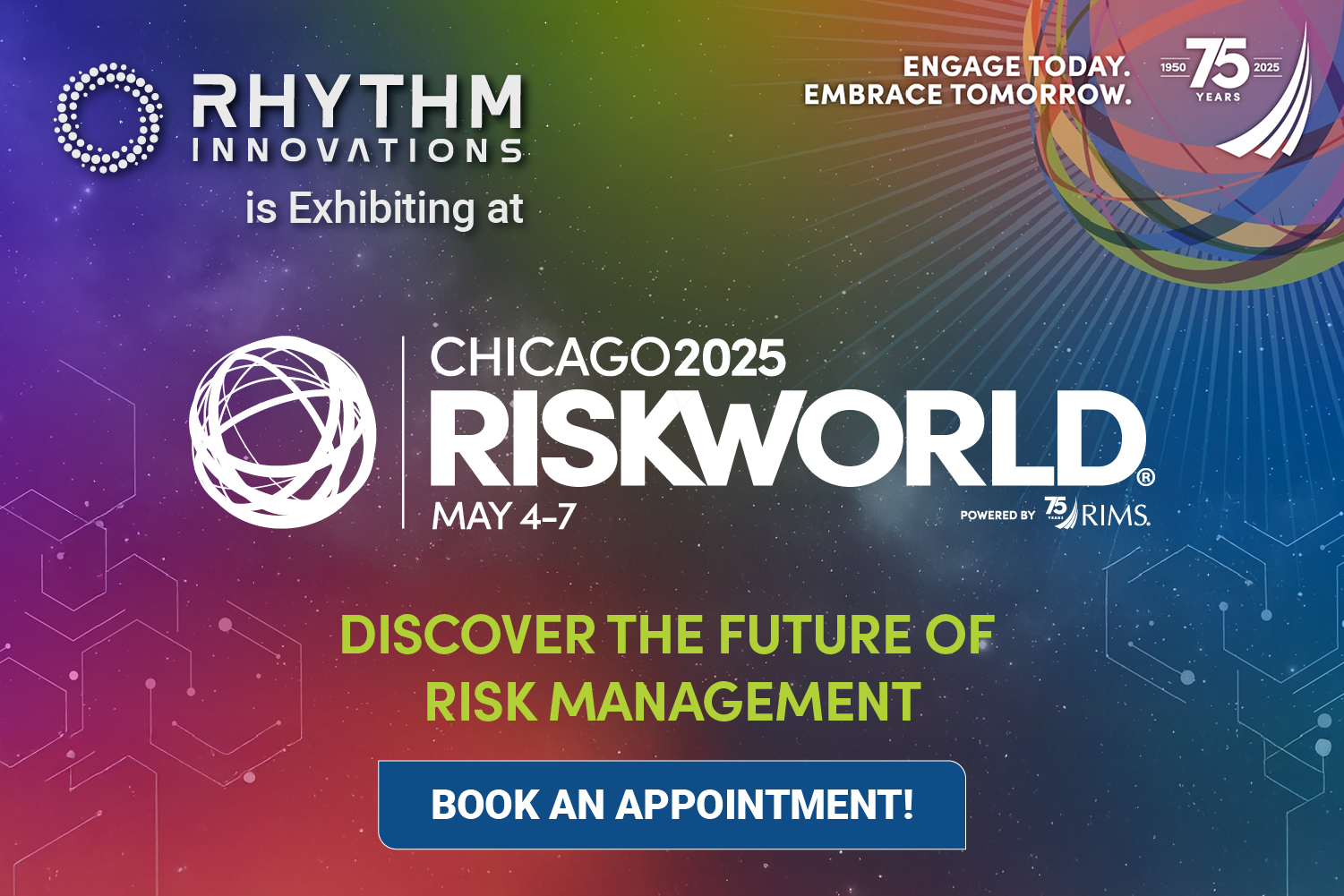Sustainable Future: A Practical Approach to Circular Supply Chains

In response to the rapidly evolving landscape of global compliance and sustainability, Rhythm Innovations has meticulously developed innovative solutions aimed at enabling circular supply chain practices. Recognizing the need for a holistic transformation, a circular supply chain strategy involves a fundamental reconsideration of every operational aspect, from initial product design to conscientious material sourcing and comprehensive waste reduction. This guide articulates a strategic seven-step approach curated by Rhythm Innovations to empower companies in building and seamlessly integrating a circular supply chain.
Step 1: Integrate Circular Design Principles
Initiating the journey towards circular practices involves embedding key principles into the core of product design. This includes a focus on modular and easy-to-disassemble components, facilitating straightforward repair or refurbishment. Additionally, adopting a “product-as-a-service” model empowers customers to return and refresh items, thereby contributing to the extension of product lifecycles.
Step 2: Maximize Product Lifecycle
To prolong the lifecycle of items, robust strategies for product reuse and refurbishment are essential. Salvaging components and refurbishing products for resale are key components of this step. Collaborating closely with suppliers becomes crucial in exploring innovative solutions for retrofitting existing components onto new structures, optimizing the utilization of resources in the process.
Step 3: Prioritize Recycled Materials
A critical step in fostering sustainability is to place heightened emphasis on the use of recycled materials within manufacturing processes. This involves proactive collaboration with suppliers to source materials with increased recycled content, fostering the development of a closed-loop system that minimizes reliance on virgin resources.

Step 4: Minimize Waste Generation
Adopting comprehensive measures to minimize waste generation across the entire supply chain is imperative. This includes designing products with end-of-life consideration, ensuring they can be safely and responsibly disposed of or recycled. The exploration of alternative materials that align with circular principles, promoting biodegradability or recyclability, adds another layer to waste reduction efforts.
Step 5: Enhance Transparency and Collaboration
Cultivating a culture of transparency in circular practices involves openly sharing information about suppliers, materials, and sustainable processes. Additionally, fostering collaborative partnerships with suppliers becomes instrumental in ensuring the ethical and sustainable sourcing of recyclable materials. This step contributes to building trust and promoting shared responsibility within the supply chain.
Step 6: Strategic Collaboration with Suppliers
Working closely with suppliers to source recyclable materials is a strategic move towards responsible material sourcing. Collaborating on innovative solutions that contribute to reducing the environmental footprint and aligning with circular principles further strengthens partnerships between businesses and their suppliers. Such collaborations are pivotal in driving meaningful change and establishing sustainable supply chain practices.

Step 7: Leverage Recycling Technologies
Adopting cutting-edge technologies like blockchain and Internet of Things (IoT) is essential for enhancing transparency in waste management efforts. Utilizing technology for real-time monitoring and reporting improves the efficiency of recycling processes, reducing waste and providing valuable insights into sustainable practices. This integration of technology into recycling efforts contributes to the advancement of circular economies.
In navigating the complex landscape of circular supply chain adoption, Rhythm Innovations emerges as a strategic ally for businesses committed to sustainability. With a wealth of expertise and a forward-thinking approach, Rhythm Innovations acts as a guiding force, assisting companies in seamlessly transitioning through crucial steps such as collaborating with suppliers, embracing recycled materials, minimizing waste, and fostering transparency. Beyond meeting regulatory and sustainability goals, the partnership with Rhythm Innovations promises to significantly impact environmental conservation. By aligning with Rhythm Innovations, companies not only achieve operational efficiencies but also contribute meaningfully to the global drive for sustainability. This collaborative journey extends beyond a mere business transaction, evolving into a shared commitment of fostering responsible business practices, enhancing stakeholder relationships, and creating a positive, lasting influence on the broader ecosystem.


